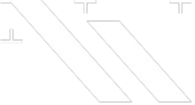Your Cart is Empty
How to Treat & Remove Ingrown Hair Cysts
by Julian Tavera February 02, 2024 8 min read

Nothing is more liberating than the feeling of making someone feel beautiful in their own skin. As waxers, nothing is better than to see your client brag about their latest wax. But nothing kills the buzz like finding an ingrown hair having to treat and remove ingrown hair cyst.
Ingrown hairs are common for people, especially those who receive a wax for the first time.When it comes to handling clients' questions on ingrowns it can be hard to know what is in your scope of expertise. You will need to know how to address the concerns of ingrown hairs and ingrown hair cysts, like what they are, how to identify them, how to treat them, and what the difference is between the two.
When it comes to ingrown hair cysts and removal, it can be hard to know what is in your scope of expertise. This article covers the ins and outs of how to discuss ingrowns with your client: Ingrown hairs and waxing: What you can and can’t control.
Table of Contents
- Ingrown Hair vs Ingrown Hair Cyst
- How to Identify Skin Cysts
- Can You Prevent an Ingrown Hair Cyst?
- What Causes Skin Cysts to Form?
- What Skin Cyst Treatment Options are Available?
- How to Remove an Ingrown Hair Cyst
- What Not to Do When Treating Ingrown Hair Cysts
- When Should You See a Medical Professional?
- Products to Help Prevent Ingrown Hairs
- Final Thoughts
You are a lot of things to your client: their hype squad, their therapist, their counselor, their best friend, and so much more. However, it is your job to make sure your client understands the difference between a typical ingrown hair or when it’s become a full-blown cyst.
Make sure to inform them of proper care on how to treat it (or for a cyst, to leave it alone), and remind them of what not to do when they have a cyst compared to the usual ingrown hair if they see this after their appointment. In doing so, they will be more educated and prepared because you’ve prepared them for it.
Ingrown Hair vs Ingrown Hair Cyst?
While ingrowns are often caused by hair growing in a downward motion into the skin, there are a variety of different skin cysts to keep in mind. These cysts can be formed for a variety of reasons, including genetics, living habits, activity levels, and diet choices.
Ingrown hair
An ingrown hair occurs when the hair grows back into the skin instead of upwards in a normal hair growth pattern. This may cause a cyst to build up with fluid over time. You can always tell because they will look like a pimple. Regular ingrown hairs are traditionally identifiable by the formation of pus-filled ‘heads’, while cysts are inflamed and larger in surface area, with no head at all.
Ingrown Hair Cysts
It isn’t only fluid that tends to build up when this happens, either. Keratin, as well as air and skin cells, can collect in these sac formations and result in large bumps under the skin. The build-up of these sacs is the biggest difference between regular ingrown hairs and a cyst.
In the case of a cyst, the ingrown hair has grown too deeply below the surface of the skin to pluck or remove regularly.
Ingrown hair and ingrown hair cysts can appear anywhere the hair removal process happens, often in the pelvic region.

Cysts are painful and unfortunately won’t go away on their own due to the fluid trapped under them. Once an ingrown hair cyst reaches this stage, it’s wise to refer your client to a dermatologist.
Identifying Different Skin Cyst Types
There are a variety of skin cysts, but they can all be identified by small sac-like pockets containing fluid, air, or another type of foreign materials. They’ll appear as a round lump that is white or yellow with a small black plug at the top, and usually form and grow gradually. They can vary in size, ranging from as small as a pea to a few centimeters across.
They do not often hurt but can be easily irritated, tender, or sore, and can become infected. Infected cysts can appear as brownish-red bumps, often containing foul-smelling pus. Cysts can have a variety of causes and can form anywhere in the body.
Educating your clients on identifying cysts and how to prevent them from happening is important to allow them to avoid poor washing or exfoliating practices, shaving, or getting too frequent waxes.
Since there are so many different types of cysts out there, knowing the different varieties and how they differ will allow your clients to properly identify the types they might notice on their skin. The following are some of the most common types of hair cysts:
Razor Bumps
This acne-like eruption can sometimes be easily mistaken as an ingrown hair but has slightly different characteristics. Razor bumps are most common on the face and neck, usually after shaving, which can disturb the hair growth cycle and irritate the skin. Those with thick or coarse hair are particularly susceptible. If your client experiences this, advise them to not shave or wax for a minimum of 4 weeks.
Cystic Acne
This type of acne can be spotted by its pus-like pimples that form deep under the skin. Though regular acne occurs when dead skin and oil clog the pores, cystic acne is caused by not only all that yucky stuff, but bacteria as well. It can also be contributed to by hormonal changes, menopause, pregnancy, and PCOS.
This combination of factors causes swelling or inflammation. For those suffering from cystic acne, a key thing to keep in mind is to not disturb or mess with a pimple, as this can introduce more bacteria and increase the chance of scarring. Keep your hands away from your face!
Pilonidal Cysts
This type of cyst happens most commonly to people who sit for large periods of time, who wear very tight clothing around their lower regions, or who wear fabrics that don’t have a lot of airflow. This cyst is a round sac of tissue that fills with fluids or air, and can usually be found in or around the derriere.
Pilonidal cysts can be painful and easily inflamed, which can be even more painful when sitting. On some occasions, there might be a foul-smelling liquid from an abscess of drainage or pus.
While keeping these cysts in mind, it is best to recommend they seek a medical professional to get an assessment for treatment.
Can You Prevent Ingrown Hair Cysts?
It is possible to prevent hair cysts from forming if you’re proactive during hair removal and if your clients are proactive in their everyday skincare routines. The biggest culprit is when ingrown hairs can not break the surface.
Cysts can form from something as simple as wearing things like tight-fitting clothing and spandex for long periods, which can contribute to hair fibers breaking or growing back incorrectly. Pulling hard wax strips or soft waxing strips wrong can also cause hair breakage and improper regrowth.
When servicing a client, it is vital to take time to educate them on hair growth and how to care for freshly waxed skin in order to prevent ingrown hairs and ingrown hair cysts from popping up.
What Causes Skin Cysts To Form?
Skin cysts stem from a few things: genetics, ingrown hairs, or even sitting too long. Skin cysts are more common in men than in women, and are also common amongst those going through puberty and those over 40. Those who are overweight or those with genetic predispositions can also be affected.

However, skin cysts aren’t contagious and don’t spread as zits do.
What Skin Cyst Treatment Options Are Available?
Seeking the right treatment options for you generally boils down to the severity of your skin cyst or ingrown hair cyst. Treatment options can involve just letting it go away on its own, to even surgery for severe cases.
To research treatment, always talk to a doctor and have them diagnose and perform any treatments needed to get rid of your cyst - especially when it comes to draining. Though antibiotics may not heal the cyst itself, your doctor will also probably prescribe them to assist in your treatment.
Treating a Cyst Infection
As we mentioned, treatment for cysts varies depending on the severity of the condition. Your doctor could advise you to just let them go away on their own or could inject phenol or drain them. They can also provide you with a treatment plan for chronic cysts.
Most minor cases can help with managing the pain by a warm compress on the affected area. Remember, if a client comes to you for advice regarding a cyst, gently direct them toward a licensed dermatologist to assess which treatment would be best, and tell them to take a break from hair removal for a little bit.
How to Remove an Ingrown Hair Cyst
Since cysts are often caused by bacteria buildup, keeping the area clean while addressing them is key for successful treatment. Do not shave or remove hair around the cyst, and apply a cold compress to the area for 10-15 minutes several times a day will help the inflammation.
This will allow the cyst to be drawn to the surface and drained. If the hair is trapped under the skin, the compress will also encourage it to grow out. Over-the-counter antibiotics, as well as tea tree oil, can assist in preventing future infections.
Avoid picking or popping a cyst at all costs. Remember - cysts aren’t pimples, and though popping a cyst might release the fluid, it will not remove the sac that has formed under the surface. Popping a cyst can introduce new bacteria to the skin and cause infections, only making it much worse and likely to return.
What Not To Do When Treating An Ingrown Hair Cyst
There are some major things you should never do when addressing an ingrown hair cyst. Though many might think that treatment for both cysts and pimples would be similar, you should never treat a cyst the same as a zit. To ensure you correctly address your cyst, here are some key points for treatment.
Never Pop An Ingrown Hair Cyst
As an esthetician, your clients may come to you to see if you might be able to help them with a cyst. It’s important to always communicate with your client and dissuade them from ever popping or messing with a cyst themselves. As we covered, this increases the risk of getting the bacteria in the wound and can worsen the cyst.
When You Should Seek A Medical Professional?
Cysts can be uncomfortable and painful when they start to form. They are often confused with boils or abscesses. Though skin cysts can become boils or abscesses, they’re generally thought to be something on their own as well and are characterized by painful deposits of pus due to bacterial infection.
Skin cysts can disappear over time without treatment, but if they appear to be increasing in severity, it’s best to seek a dermatologist for treatment or advice.
Products to Help Prevent Ingrown Hairs
Proper hair removal practices play a huge part in preventing ingrown hairs.
When applying hard wax on the body, always ensure that it is at the proper temperature and that you’re applying wax in the direction of hair growth. When the wax has cooled, make sure to hold the skin taut in order to get a successful pull and to dissuade any lifting.
Nova’s high-quality wax allows for the removal of both coarse hairs as well as fine delicate baby hairs along the body.
Our professional-grade formula ensures that you are offering your clients the best in luxury waxing.
Our creamy, easy-to-spread consistency ensures that the wax does not break, and spreads easily over all areas. Follow up with Nova’s pre and post-waxing care for optimal results.






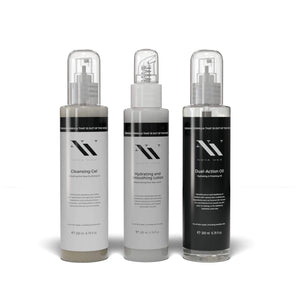
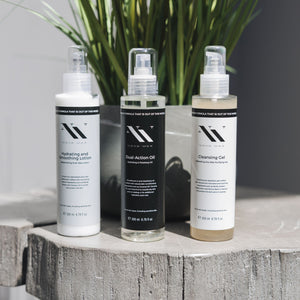
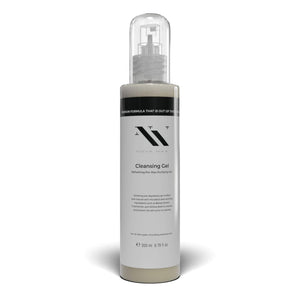
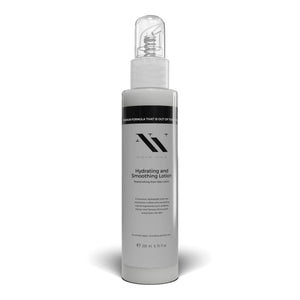
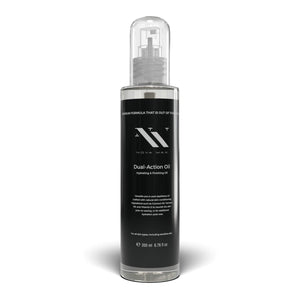
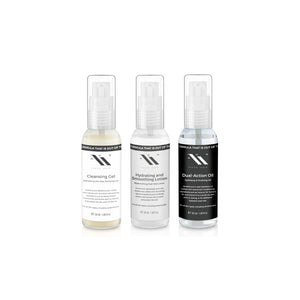
Using the proper pre-wax care technique will make sure skin is cleansed and exfoliated before waxing. Exfoliation is a perfect way to ensure that the hairs can properly break the surface and will prevent ingrowns from forming.
Using an exfoliating Mini Exfoliating Mitt in your skincare routine can also offer deep exfoliation that will have skin glowing and can help improve dry skin, prevent ingrowns, and encourage improved circulation. If you have sensitive skin, always use these mitts gently and replace them every 1-2 months.
Want to learn more about how to exfoliate sensitive skin without worrying about irritation? Read more about how you can exfoliate with sensitive skin here: What is the best exfoliator for sensitive skin.
Final Thoughts
Bottom line: you should always ensure that you are being proactive in preventing ingrown hairs. This will save your clients time, headaches, and even medical bills. If an ingrown hair does occur, make sure they treat it as soon as possible to avoid any larger problems. Both you and your client will be thrilled you did!
Ingrown hairs can happen to anyone, but can be especially prevalent in the absence of a proper pre and post-wax care routine.
Remember, cysts are caused by ingrown hairs growing downward into the skin, and can lead to infections. If you squeeze, pick, or twist the cyst yourself, you could open up the problem area to infection and scarring. Cysts are best treated by a doctor and not an esthetician.
Prevention is key when it comes to ingrown hairs and ingrown hair cysts. Be mindful of best practices during your waxing services, and always provide clients with the tools and knowledge they need to keep their skin looking its best in between appointments.
